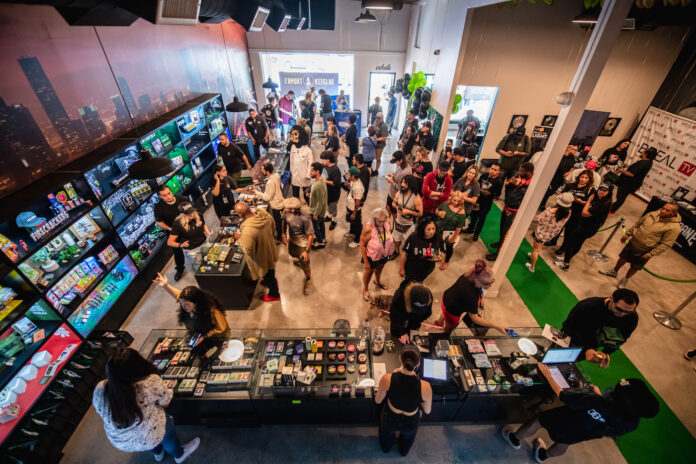
The industry experienced an exciting end to 2023. First, the Department of Health and Human Services filed a recommendation with the Drug Enforcement Administration to request cannabis be reclassified as a Schedule III drug. Shortly thereafter, in a resounding display of bipartisan support, the Secure and Fair Enforcement Regulation (SAFER) Banking Act passed through the Senate Banking Committee, clearing the way for a full-chamber vote. This is progress!
However, if and when these reforms pass, positive results won’t be realized for a while. Therefore, 2024 is expected to be a year of continued macro challenges with potential upward trends on the horizon. Retailers looking to prepare themselves for the months ahead can start with these tips.
The first secret to success is driving better capital efficiency, which can be accomplished by streamlining operational workflows and standard operating procedures to reduce or repurpose labor hours. Once retailers have workflows in place, it is important to leverage vendors and technology partners to help automate the workflows. Examples include optimized inventory management, product creation, compliance, and data flow between systems. Taking advantage of automation can free up staff time, allowing operators to save or repurpose that valuable labor in more meaningful ways.
Business data is one of the most impactful tools to leverage. One critical piece to a retail operation is the consumer experience, which often starts with the budtender role. Data shows interaction between budtenders and consumers drives more than 80 percent of cannabis sales, so it’s essential for retailers to understand how budtenders navigate product recommendations, education, and discounts. Providing budtenders with the right education and tools will help them make better recommendations for consumers, which will increase sales and turn those consumers into loyalists. Sophisticated data tools can offer insight into budtender product biases and preferences to help managers set appropriate guidelines and goals to improve staff performance and drive a better consumer experience.
To drive sales, retailers must leverage data to establish a best-in-class customer experience. On the product side, they can use data to see which products are and aren’t selling, as well as optimize their product assortment so top-selling items are always in stock and readily available for consumers to purchase. On the marketing side, developing a comprehensive marketing stack complete with loyalty programs, rewards, discounts, and promotions is a proven way to increase customer engagement and loyalty. Modern data platforms can help show which of these promotions are working to increase sales, which are helping to bring in repeat customers, and which are eating away at margins. On the sales side, offering multiple sales channels such as ecommerce, delivery, in-store, and kiosks creates a well-rounded experience to meet the needs, preferences, and expectations of a variety of customers. Determining exactly which channels are driving sales or underperforming can help operators further optimize their business.
For any retailer, the goal is to grow revenue and scale the business. One way cannabis retailers can grow their top-line revenue is by continuing to accept payment options other than cash. In lieu of cash, which has been shown to drive lower average order values and poses a constant security threat, retailers should offer digital options including compliant card payments and automated clearing house mobile transactions. Diversifying a cashless payment mix is vital, as data indicate cashless options can help increase average monthly revenue by more than 25 percent. The more non-cash options offered, the greater the opportunity to boost revenue and elevate the customer experience.
The ultimate goal for cannabis retailers is to operate their businesses the same way traditional retailers do. That’s not possible just yet, but we’re getting closer all the time.
 John Ucciferri is the vice president of marketing at Treez, where he leverages nearly twenty years of experience leading marketing teams within high-growth business-to-business software-as-a-service startups. Before Treez, John led the marketing organization at ShopKeep, then the leading point-of-sale and payment-processing provider for more than 20,000 small businesses.
John Ucciferri is the vice president of marketing at Treez, where he leverages nearly twenty years of experience leading marketing teams within high-growth business-to-business software-as-a-service startups. Before Treez, John led the marketing organization at ShopKeep, then the leading point-of-sale and payment-processing provider for more than 20,000 small businesses.
